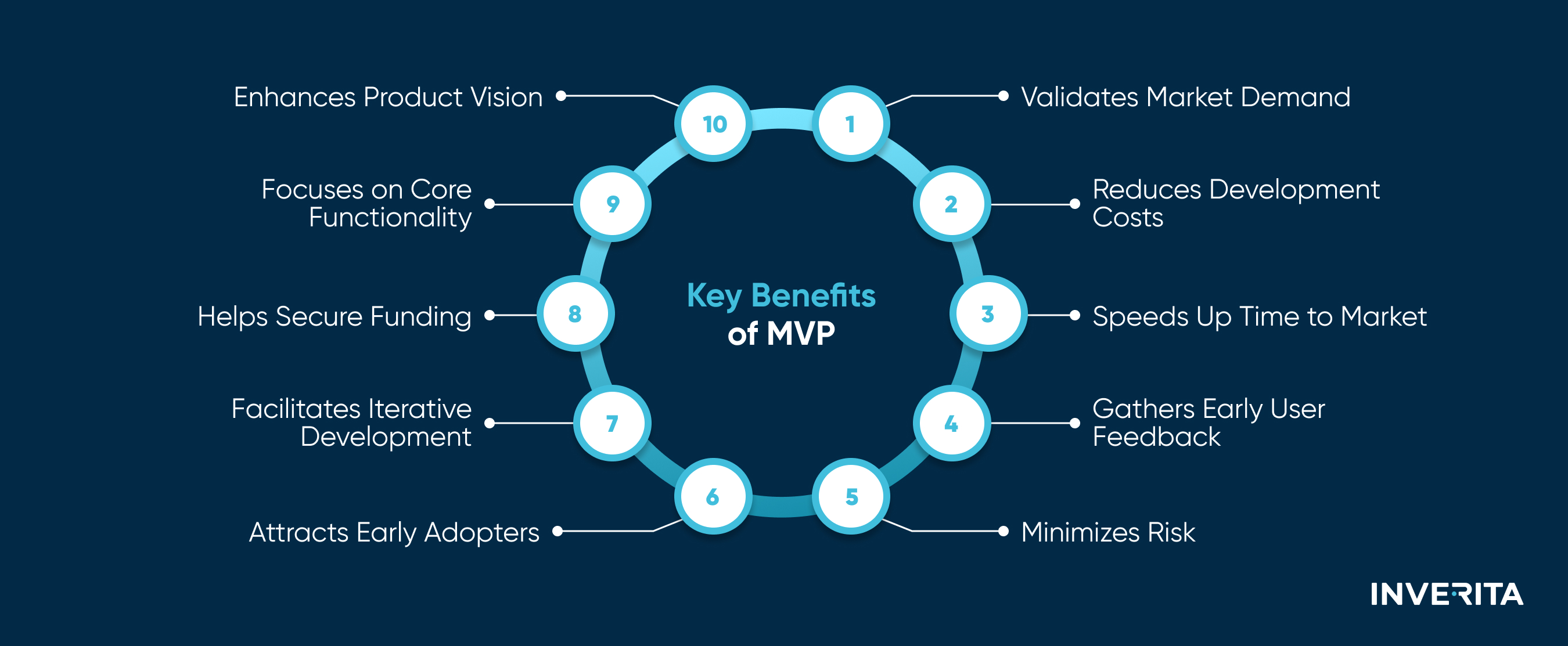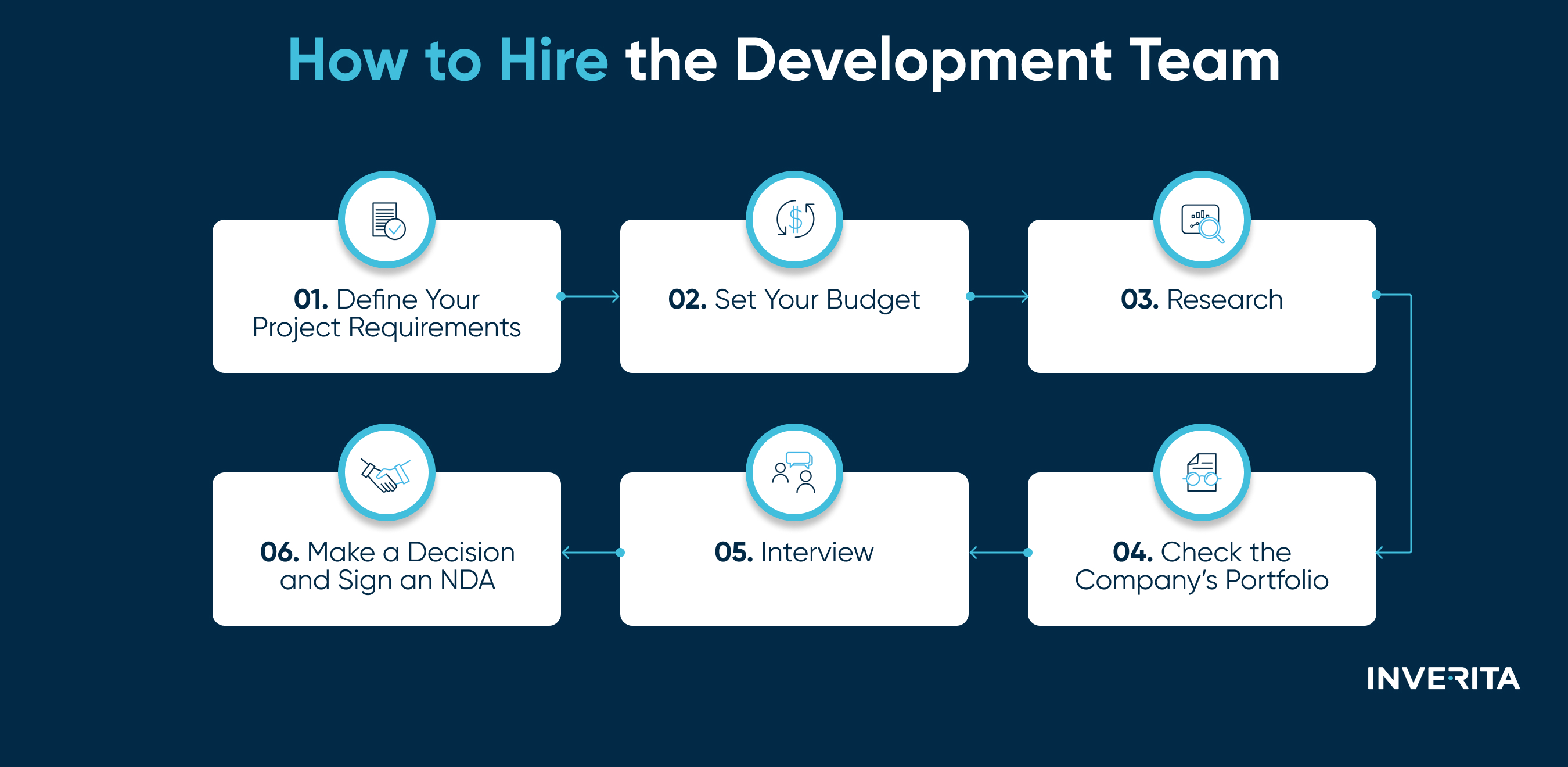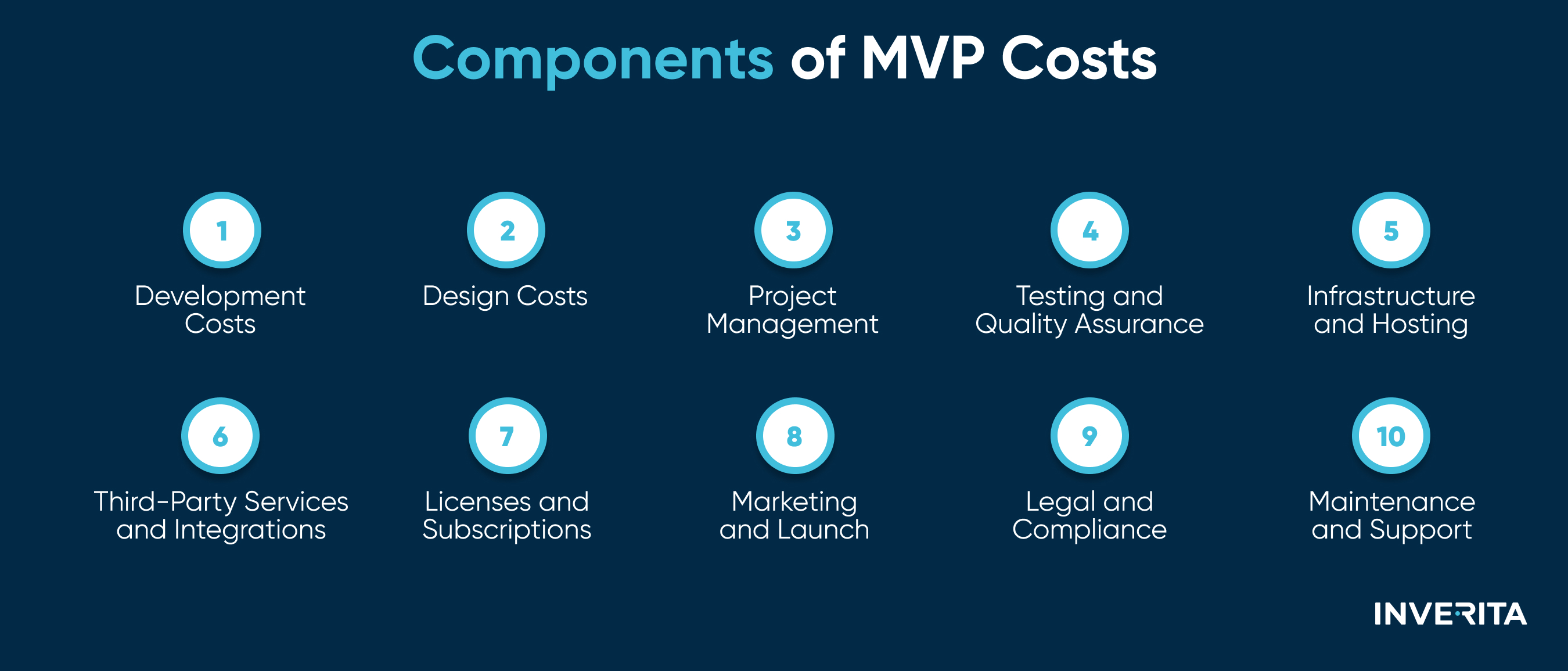#3 Misunderstanding of the Target Audience
One of the most common MVP mistakes is not dedicating enough time to target market research. This happens when you assume you know what your potential customers need without doing proper research and validation. Developers often rely on their intuition or a limited amount of feedback, resulting in a product that doesn't really hit the market.
Let’s say you’re developing a healthcare app to help patients manage chronic diseases like diabetes. You assume that key users want a sophisticated interface with advanced tracking metrics and a bunch of customizable features. So, you pour time and resources into creating these complex functionalities.
But when the app launches, it doesn’t catch on. Target users find it overwhelming and hard to use. They needed a simple, intuitive app with basic tracking features and clear instructions. The advanced metrics and the customization options you included were unnecessary and confusing.
How to Solve This Problem
To avoid this mistake, spend time on thorough market research. Talk to a diverse group of potential users through interviews, surveys, and focus groups. Learn about their pain points, preferences, and behaviors. This approach will help you validate your assumptions and build a product that meets your audience's needs.
Also, create detailed buyer personas to guide your development process. These personas should represent different segments of your target audience, giving you clear insights into their goals and challenges. Keep gathering feedback throughout development and be ready to pivot based on new findings. Staying attuned to your audience’s evolving needs ensures your MVP stays relevant and valuable.
#4 Requirement Volatility
Avoid jumping right into action based on early customer feedback. This can lead to a common issue in software development called requirement volatility which is one of the most dangerous MVP development mistakes. Customers might not always be clear about what they need, or they may give you answers they think you want to hear instead of being honest.
What’s more, market demands can shift quickly, making what seemed like an essential feature less relevant over time. This ongoing adjustment can lead to a lack of focus in your development process, potentially increasing costs and delaying your launch. It’s easy to fall into the trap of prioritizing less valuable features while losing sight of your main goals.
How to Solve This Problem
Instead of rushing to react to every piece of feedback, consider using an iterative approach. Take some time to observe your customers. Gather feedback from a wider audience and analyze it thoroughly before making any decisions. This way, you can implement small adjustments based on user input while still keeping your overall product vision intact.
#5 An Overengineered and Overloaded MVP
Every startup aims for scalability, but striving for perfection in design and optimizing performance from the get-go can be counterproductive. Overloading your MVP with unnecessary features and overengineering it is not only excessive but wasteful, and still, it remains one of the most common MVP mistakes.
Of course, early development stages should prioritize delivering value to users. However, overengineering can lead to spending too much time on continuous integration and other technical setups, detracting from creating a usable product.
How to Solve This Problem
Don’t get into the trap of spending a big portion of your budget and development time on custom design and manual architecture setup. Instead, using established frontend frameworks can save resources and expedite the development process. Remember, the primary goal of an MVP is to quickly bring a product to market to gather user feedback not to develop a full-featured product. You don't need to address every user need initially, focus on core functionality and actions that will deliver the most future value.
#6 Underestimating Development Time and Costs
Early-stage startups often fall into the trap of thinking they can deliver an MVP faster and cheaper than realistically possible. They might overlook technical challenges, underestimate the complexity of certain key features, or fail to account for unforeseen issues. Any of these MVP mistakes impacts your budget and market entry, and may indicate potential issues in the planning or scope of your project.
Based on our experience as a software development company, a reasonable timeframe for delivering an MVP is no more than 2-3 months. If your development teams’ estimate surpasses this timeframe, it would be wise to reevaluate your schedule. 








_1764586939-small.webp)
